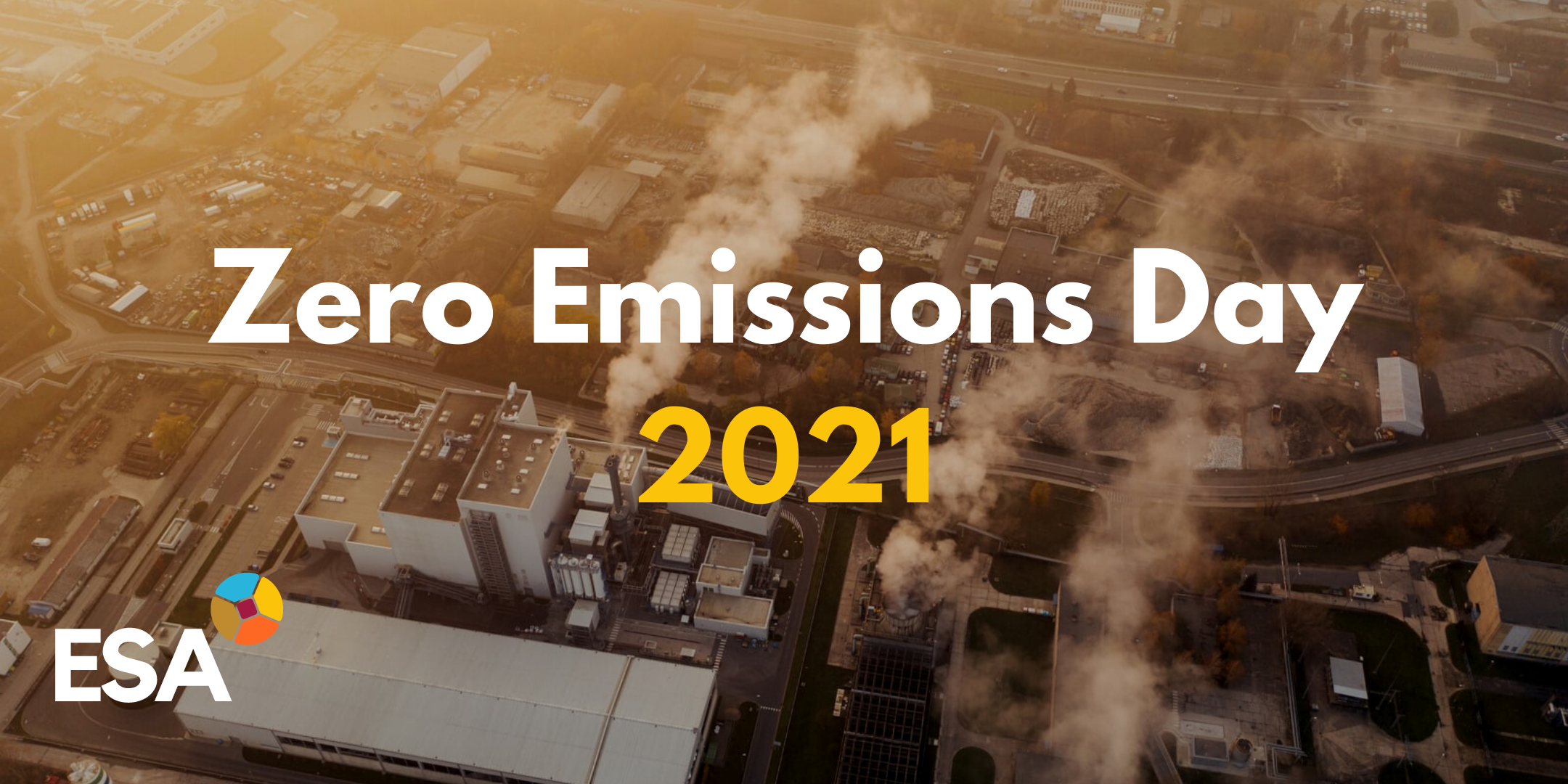Zero Emissions Day: The Elusive Net-Zero Target
21 Sep, 2021 8:02 AM / by Vinnie Chua

According to the Climate Leadership Coalition (CLC), Zero Emissions Day, or ZeDay, is “designed to give the world a break from fossil fuels and to raise awareness about the harm caused by carbon emissions”. It aims to “engage people towards more climate-friendly choices in their personal life”. This event falls right before World Car Free Day, which is on the 22nd of September — another event that encourages us to reduce our carbon footprint by opting for public transport, walking, cycling and even carpooling.
Fossil Fuels and Global Warming
For the uninitiated, fossil fuels, made up of crude oil, coal and natural gas, are a finite source of energy which are obtained by drilling into the land or sea to gain access to fossil fuels below the surface. When fossil fuels are burnt, carbon dioxide is released. In excess, this results in the enhanced greenhouse gas effect, causing temperatures to rise. This then leads to what we know as global warming and the climate disasters that follow.
In our world today, we can see many of such disasters. Just last month in Singapore, we had record levels of rain which led to flash floods all across the island. In North and South America, Hurricane Ida caused widespread destruction in several locations including the United States, Cuba and Canada. The latest Intergovernmental Panel on Climate Change (IPCC) report detailed the devastating potential impact on our Earth if we don’t cut our emissions, with our current global warming trajectory pointing towards an at least 1.5ºC temperature increment. This means we would exceed the goal that nations set in the 2015 Paris Agreement. If we don’t begin to rein in our emissions, we could see a future of frequent extreme weather, submerging of islands and prolonged drought.
However, all is not lost. We see more nations and corporations promising to reduce emissions and achieve net zero targets.
Zero Emissions vs Net Zero Emissions
With the exception of 2020, carbon emissions have been steadily increasing each year. In 2019, 43 billion tonnes of carbon dioxide was emitted, breaking the record from 2018. With the world recovering from the effects of COVID-19, scientists estimate that 2021 is positioned to have the second largest rise in carbon emissions throughout history.
Carbon is everywhere and emitting absolutely zero carbon is an impossible feat. Even when we breathe, we emit carbon dioxide from our lungs! What we are talking about here is “net-zero”. According to the World Resources Institute, net-zero emissions is achieved when all GHG emissions released by humans are counterbalanced by removing GHGs from the atmosphere in a process known as carbon removal.
Removing carbon from the atmosphere is challenging. On a large scale, this involves transitioning to clean and renewable sources of energy, thus cutting down on fossil fuel usage. To achieve this, one obstacle we have to overcome is the issue of hyper-consumerism. Hyper-consumerism is what drives excessive production and is responsible for the increasing carbon emissions exponentially. To overcome this problem, we can start by changing our actions as an individual. We can be more conscious of our everyday actions, understanding how our choices affect the planet.
On ZeDay, we are reminded of the need to reduce our carbon footprint in our daily lives. This could be at home, at work and even at school. Encourage your family, friends and colleagues to take part in ZeDay, increasing environmental awareness across your social circle and promoting sustainability through your everyday actions.
Making a difference at home
- Taking public transport instead of a car or carpooling where possible
- Bringing your own reusable items such as bags, containers and cutleries and avoiding single-use plastics
- Using the fan instead of the air conditioner when you’re at home
- Turning off the lights and electricity plugs when they’re not in use
- Eating a vegetarian or vegan meal, or simply reducing the amount of meat (especially red meat) that you consume
- Not purchasing what you already have (clothes, electronics, accessories, etc.)
- Practicing the 6Rs – Refuse, Rethink, Reuse, Reduce, Repair and Recycle
- If you have to shop, buy sustainable products if you can afford it
- Attend educational workshops or classes to learn more about the environment
- Volunteer or lobby to influence societal norms or inspire policy change
Making a difference at work
- Adopt sustainable sourcing strategies when deciding on suppliers
- Conduct an office waste audit to find ways to reduce, reuse, and recycle
- Reduce scope 2 emissions by finding ways to reduce energy consumption or increase use of renewables in your company’s energy mix
- Influence your colleagues by creating campaigns to raise awareness about environmental issues
Here at Environmental Solutions Asia (ESA), we provide sustainable waste management solutions in Singapore. We contribute to the reduction in fossil fuel and carbon emissions by creating NewOil, a crude oil equivalent that is derived from waste plastics. This helps companies in becoming less reliant on crude oil, which is a fossil fuel, and turn to cleaner sources of energy. We educate our clients on the benefits of NewOil, engaging with and educating them on this alternative to waste disposal and diverting waste away from the landfill.
As the first chemical recyclers of plastic in Singapore, we introduce a new solution for recycling packaging waste, an issue that has been plaguing the world. In Singapore, 860,000 tonnes of plastic was generated but only 4% of it was recycled. We hope to increase Singapore’s recycling rate and increase our capacity for plastic recycling in the years to come.
Our preliminary finding is that plastic pyrolysis is actually more climate-friendly than incineration. For example, a life-cycle assessment on plastic pyrolysis conducted by BASF has found that around 1 tonne of carbon emissions are saved when pyrolysing plastic as compared to incineration, for every 1 tonne of plastic (1 tonne = 1000kg). In addition, 2.3 tonne of carbon was saved when creating virgin plastics from pyrolysis oil compared to crude oil. While this statistic may not be a fully accurate view of plastic pyrolysis in Singapore, this estimate is evidence of untapped potential.
By the end of this year, ESA aims to pyrolyse 2 tonnes of plastic per day and by 2025, we aim to increase our capacity to 20,000 tonnes of plastic per day, effectively allowing us to cut down on the large amounts of CO2 emissions every day. There is a huge opportunity for us to contribute to reducing Singapore’s carbon footprint and pave the way for a greener, more sustainable Singapore. With Zero Emissions Day in mind, ESA aims to help Singapore in achieving its goal of peaking emissions by 2030.
Of course, the best option is still to reduce consumption of plastics, which is a large source of emissions. However, plastics are here to stay, whether it be single-use or reusable, domestic or industrial. ESA has the capacity to tackle this issue and if you are interested in collaborating with us to reduce your plastic waste, do get in touch with us.
Topics: Carbon Neutrality, Carbon Offset, Corporate Social Responsbility, Packaging Waste, Reimagining Sustainability, Sustainable Waste Management Solutions Singapore
Written by Vinnie Chua
